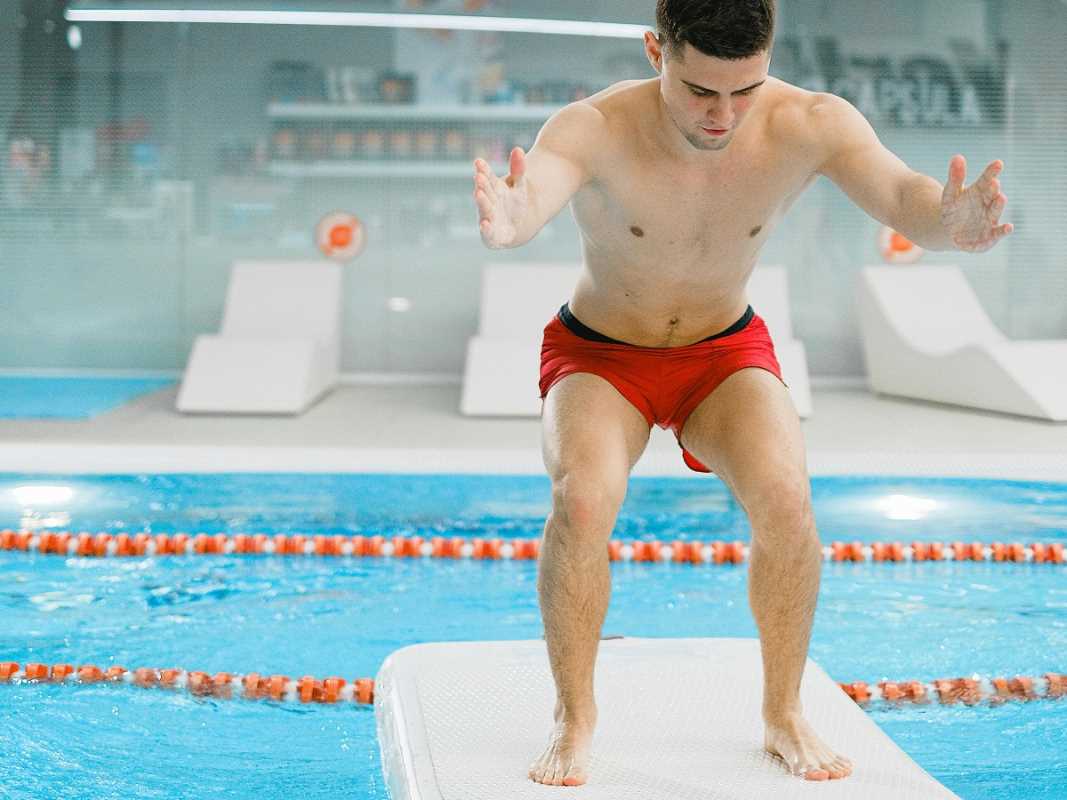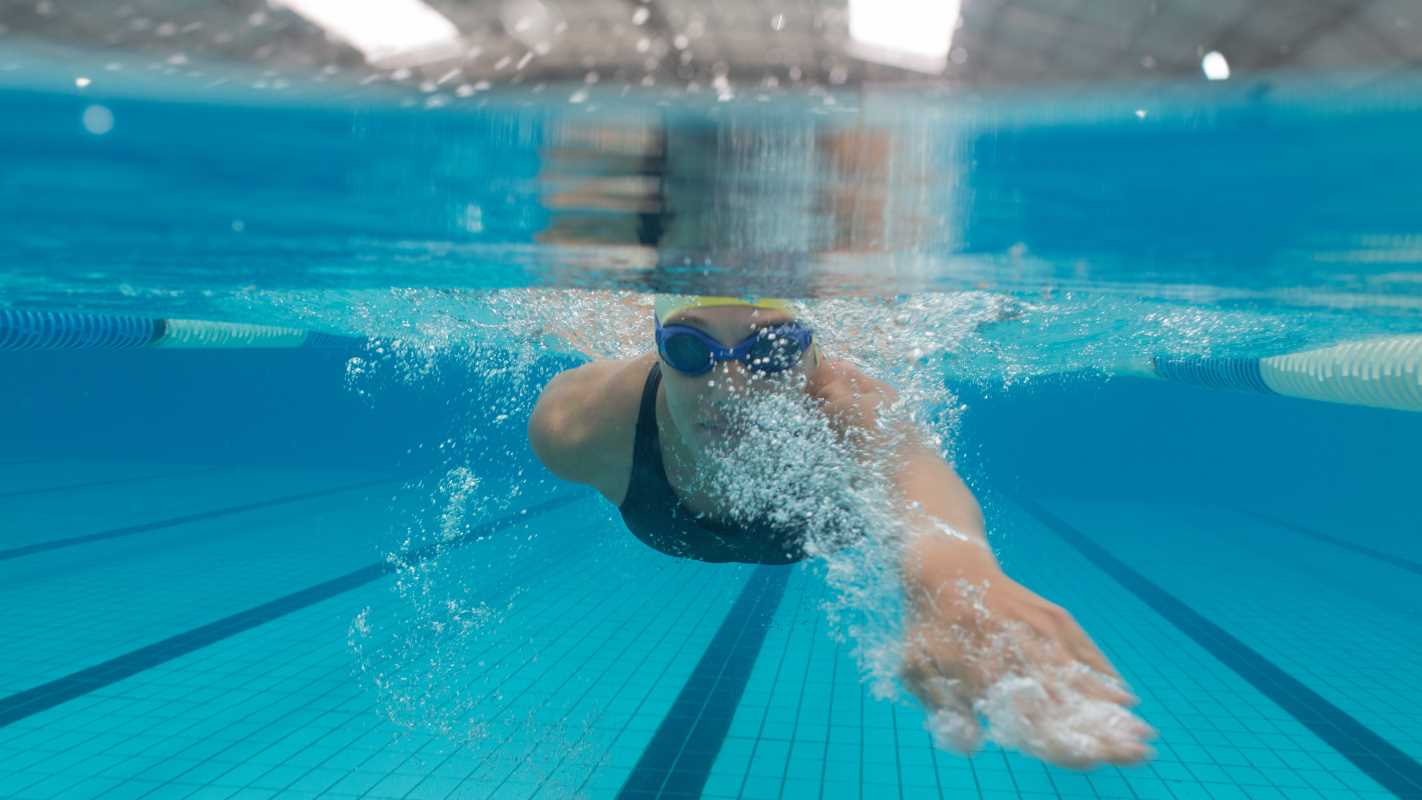A fast start often spells the difference between winning and losing. For athletes who thrive on performance and trendsetters who lead the pack, perfecting explosive starts goes beyond a mere skill—it shifts the entire playing field. Whether you're sprinting down a track, diving into an intense soccer match, or launching into a high-energy workout, the ability to react quickly and powerfully can truly set you apart from your competition. This skill not only enhances your performance but also elevates your presence in the sporting arena. Achieving this edge makes all the difference in how you stand out among peers and opponents alike.
Explosive starts enhance your speed and overall athletic performance. By integrating advanced reaction drills into your training regimen, you unlock your full potential and stay ahead of the curve in your sport. Let’s dive into how you can achieve these lightning-fast beginnings through targeted workouts and effective training techniques.
Advanced Reaction Drills
Reaction drills are specialized exercises that improve your ability to respond quickly and effectively to various stimuli. These drills play a crucial role in developing the explosive starts that top athletes are known for. By training your body and mind to react instantaneously, you enhance your performance in any sport that requires quick bursts of speed and agility.
Incorporating advanced reaction drills into your workouts offers numerous benefits:
- Enhances neuromuscular coordination
- Improves reaction time and decision-making skills
- Boosts overall speed and acceleration
- Increases muscular power and efficiency
- Reduces the risk of injuries by promoting better movement mechanics
Step-by-Step Guide to Reaction Drill Workouts
To maximize the benefits of reaction drills, follow a structured approach. Here’s a step-by-step guide to performing specific reaction drills that can help you achieve explosive starts:
- Start with a Warm-Up: Begin with dynamic stretches and light cardio to prepare your muscles and joints for intense activity.
- Box Drill: Set up four cones in a square. Sprint to the first cone on the coach’s signal, pivot, and sprint to the next three cones in sequence. This drill enhances your ability to change direction quickly.
- Reaction Ball Drops: Have a partner drop a reaction ball from shoulder height. React as quickly as possible to catch the ball, improving hand-eye coordination and quick reflexes.
- Agility Ladder: Perform various footwork patterns through an agility ladder at high speed. This drill increases foot speed and coordination.
- Sprint Starts with Resistance: Use resistance bands or a weighted sled to practice explosive starts. Focus on maintaining form while generating maximum power.
- Cooldown: Finish with static stretching to promote flexibility and aid in recovery.
Key Techniques for Mastering Explosive Starts
Mastering explosive starts requires the right drills and the application of specific techniques that enhance your performance. Focus on your body mechanics, such as maintaining a low center of gravity and driving your arms forcefully, to make a significant difference. Integrating cutting-edge techniques refines your explosive power and efficiency, allowing you to transition seamlessly from a stationary position to full-speed motion.
Another critical technique is visualization. By mentally rehearsing your explosive start, you improve your muscle memory and reaction time. Combine this with strength training exercises that target your core, legs, and glutes to build the necessary power for rapid acceleration. Emphasizing proper breathing patterns during your starts ensures that you maintain optimal oxygen flow and endurance throughout your performance.
Common Mistakes to Avoid
Even the most dedicated athletes can fall into common traps that hinder their progress. Here are some pitfalls to watch out for and tips on how to avoid them:
- Neglecting Warm-Ups: Skipping warm-ups can lead to muscle strain and decreased performance. Always start with a thorough warm-up to prepare your body.
- Poor Form: Incorrect posture or movement patterns during drills can limit your effectiveness and increase injury risk. Focus on maintaining proper form at all times.
- Inconsistent Practice: Sporadic training can slow your progress. Establish a regular schedule for your reaction drills to build consistency.
- Overtraining: Pushing too hard without adequate rest can lead to fatigue and diminished results. Ensure you balance intense workouts with proper recovery periods.
- Ignoring Feedback: Failing to listen to coaches or trainers can prevent you from making necessary adjustments. Be open to constructive criticism to enhance your performance.
Incorporating Drills into Regular Training
Integrating reaction drills into your regular training routine doesn’t have to be complicated. Start by allocating specific days each week dedicated solely to these drills. Mix different types of drills to target various aspects of your reaction time and explosive power.
Consider combining reaction drills with other training methods such as strength training, plyometrics, and endurance workouts. This holistic approach ensures that all facets of your athletic performance receive attention. Tracking your progress through consistent measurements and adjustments helps you stay motivated and make informed decisions about your training regimen.
Integrating advanced reaction drills into your training enhances explosive starts, elevating your athletic performance. Stay disciplined, focus on technique, and continually push beyond your limits.
 (Image via
(Image via





